It is not surprising that the famous Celtic Revival writer George Moore’s last wishes were to have his ashes interred on one of the islands of “the exceptional habitat” of Lough Carra.
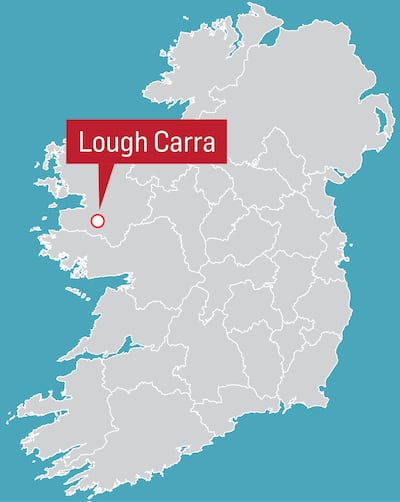
That was despite the fact that his family’s historic home, Moore Hall, on the edge of the Co Mayo lake was burnt down during the Civil War on February 1st, 1923, a decade before his death in London.
A century later, the installation of security reinforcements protecting the lesser horseshoe bat roosts in the shell of the 18th-century house is just one small element of a €5 million EU Life project led by Mayo County Council in collaboration with a number of associated partners.
The Life programme is the EU’s funding instrument for environment and climate action. The multidisciplinary project aims to improve the water quality of the lake while raising the conservation status of the orchid-rich grasslands, limestone pavements and cladium fens within its catchment area.
READ MORE
Situated 13km south of Castlebar, Lough Carra, renowned for its turquoise clear waters, is the largest marl lake in Ireland and part of the Great Western Lakes complex, which also includes Loughs Corrib, Mask and Conn.
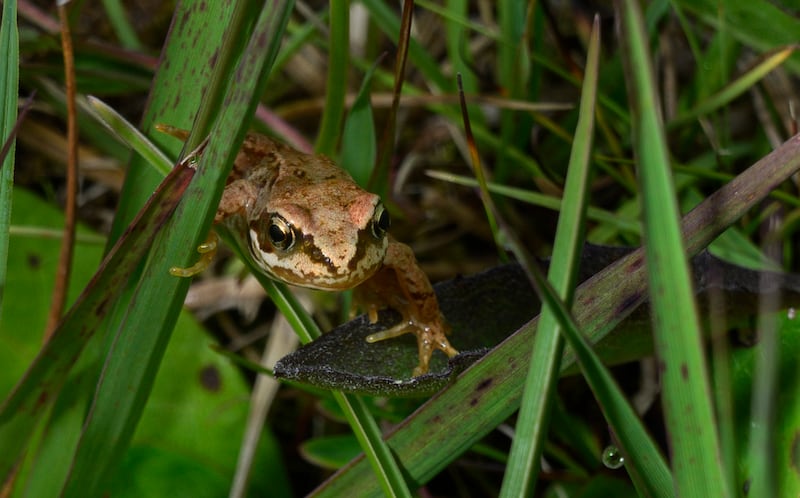
Decline in water quality in many cases has been caused by nutrient runoff from intensive farming, with seminatural habitats also being developed into improved grasslands for livestock. In the case of Lough Carra’s catchment area, farming is not as intensive as in other parts of the country, but the lake’s hydrology makes it particularly vulnerable to modern land management practices.
The project’s manager, Kieran Flynn, says the ultimate goal is to reduce nutrient inputs into the lake, and to protect and restore some of its vulnerable habitats and species, including otters and the lesser horseshoe bats.
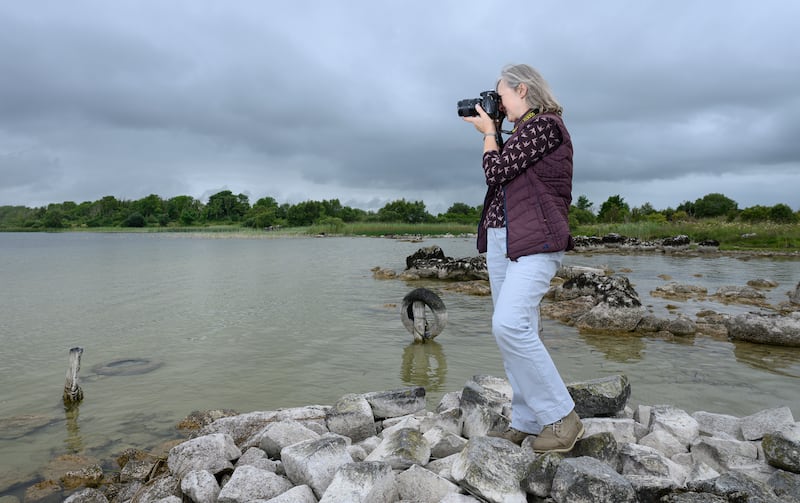
“Water quality and habitats such as these can decline and deteriorate relatively quickly, but can take a long time to restore. It is likely to be several years before we begin to see any measurable improvements as a result of our work,” Flynn says.
Some 68 local farmers have signed up to support the programme of improvements, now in its second year, by implementing more sustainable practices on their holdings.
“All of these farmers are introducing measures on their farms to help reduce nutrient runoff and protect natural habitats. We see this level of farmer engagement and co-operation as being a huge achievement,” says Flynn.
“We have redeveloped a significant amount of forestry and other habitats in the area for the purposes of biodiversity, and we’ve made improvements to the habitats supporting some of the more vulnerable species in the area. As a result of this we expect to see increases in the populations of these more vulnerable species over the coming years,” he says.
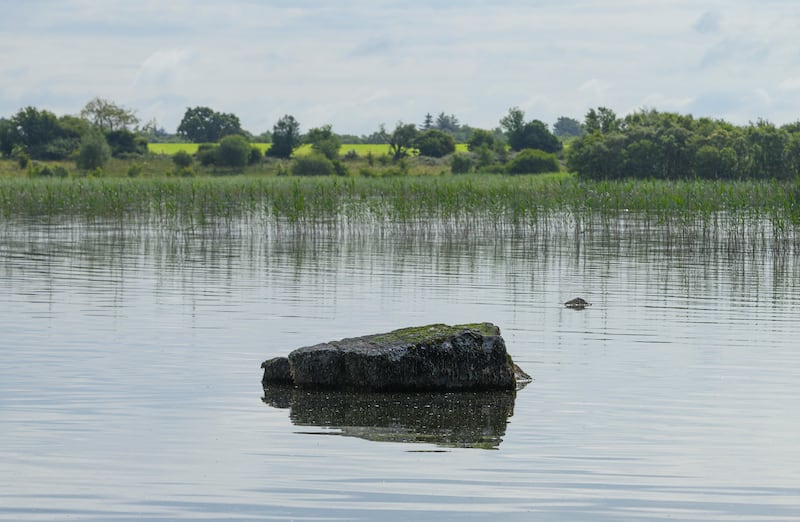
For wildlife photographer Lynda Huxley and her ecologist husband, Chris, securing funding for the project is the culmination of several years of advocacy.
“The Lough Carra Catchment Association [LCCA] was formed in 2018 and we have been involved from the very beginning. Our directors have very broad and valuable expertise and this enabled the LCCA to go down the route of pursuing funding for this project,” she says.
While she says it is too early to say if the project is reversing the decline of the water quality, she believes “it has not got any worse”.
Fellow local resident and long-time nature columnist with the Mayo News, Michael Kingdon has noticed some early positive developments.
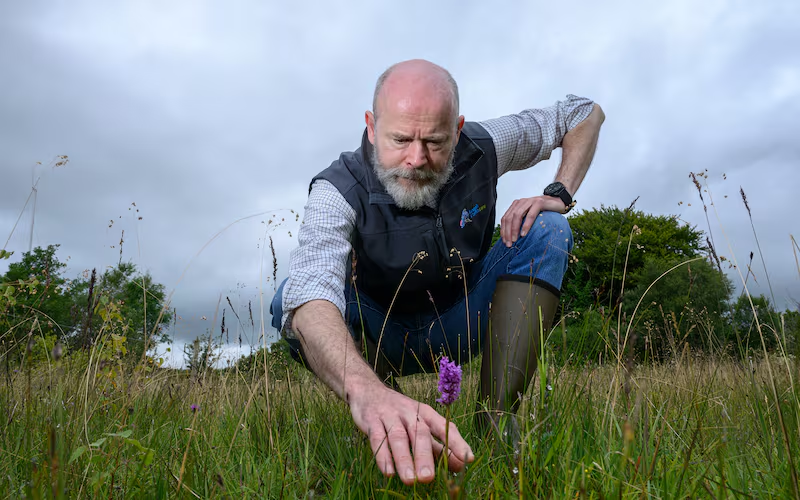
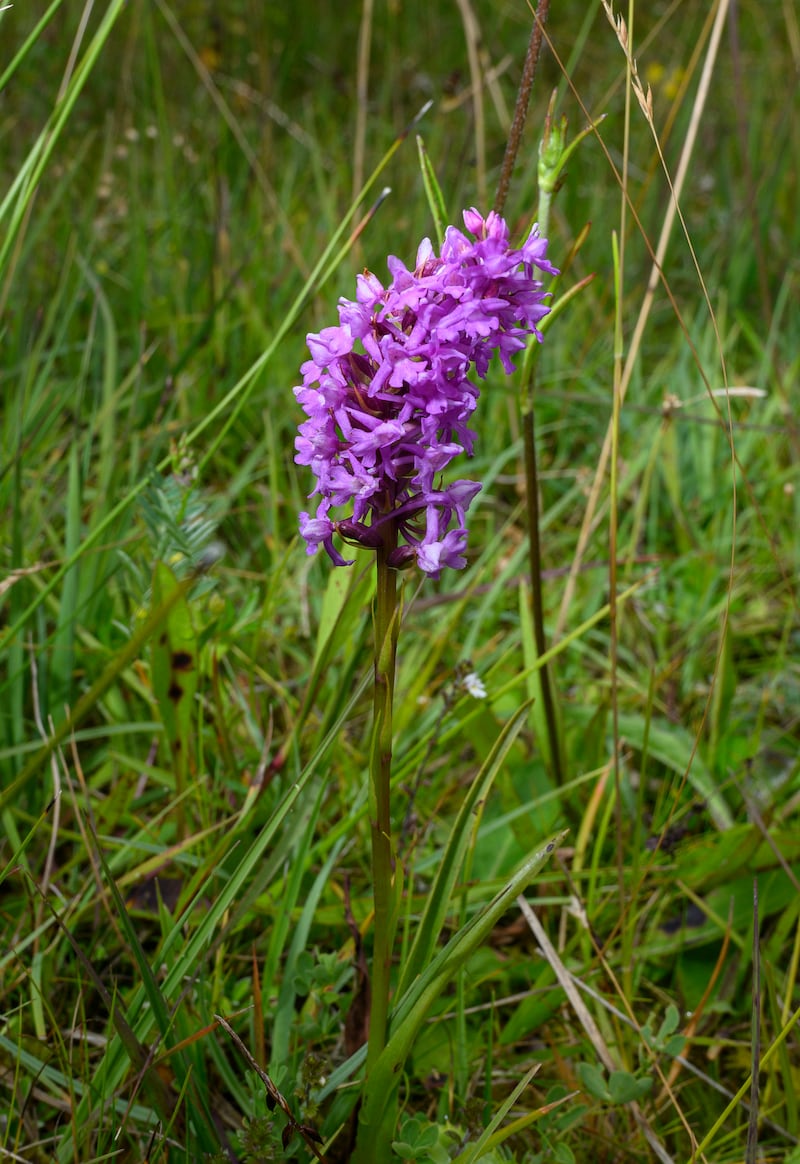
“It is still quite early in terms of Life bringing positive physical changes to the lake. One thing that has improved is the breeding success of water birds following the excellent predator-control programme targeting invasive American mink, which had been preying heavily on ground-nesting birds. This year has seen much improved breeding success among ducks, grebes and moorhen and more, a trend we hope will continue,” says Kingdon.
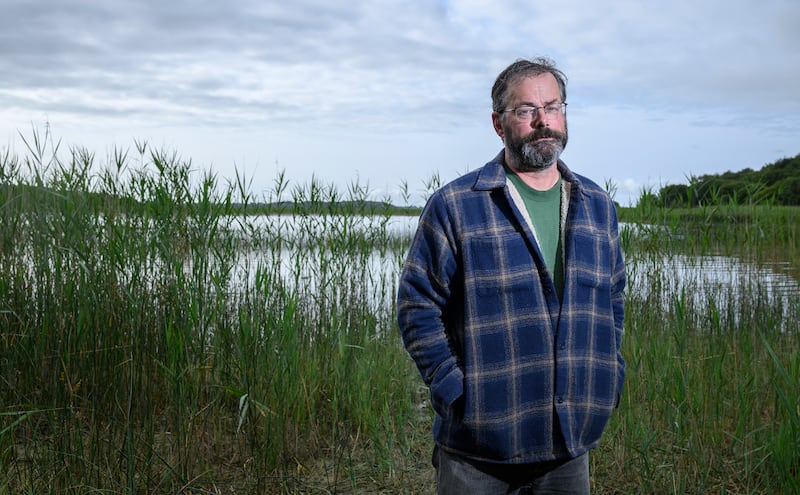
He also highlights the positive impact of so many various agencies and groups working together towards a common goal for this project. They include the Geological Survey of Ireland, National Parks and Wildlife Services, Coillte, a number of Government departments, the LCCA and many more.
Kingdon recalls how the water of Lough Carra was often “as clear as the air above it” two decades ago.
“There were dozens of angling boats afloat on any given day on this shallow spring-fed lake and the bird life was spectacular,” he says.
Doubtless, generations of the ascendancy Moore family – who built the great old house on the shores of their vast lands around Lough Carra during the 1790s – enjoyed these waters with their attendant rich narratives of island castles and nearby abbeys.
Indeed, George Moore’s grave on the lake’s Castle Island has a perfect view of the haunting Moore Hall: its symbolic importance in Irish history is now embracing a new chapter.
- Sign up for push alerts and have the best news, analysis and comment delivered directly to your phone
- Join The Irish Times on WhatsApp and stay up to date
- Listen to our Inside Politics podcast for the best political chat and analysis















